
Wątek Miłosny W Quo Vadis
Quo Vadis?, historical novel by Henryk Sienkiewicz, published in Polish under its Latin title in 1896. The title means "where are you going?" and alludes to a New Testament verse (John 13:36). The popular novel was widely translated. Set in ancient Rome during the reign of the emperor Nero, Quo

Rysunki Z Quo Vadis
Faulkner's Use of "Quo Vadis" Although Faulkner acknowledged only a relatively few writers as having been influential in shaping or inspiring his writing, the abundance of allusions, parallels, quotations and echoes in his works is convincing evidence that he was—especially early in his career—a voracious and omnivorous reader and
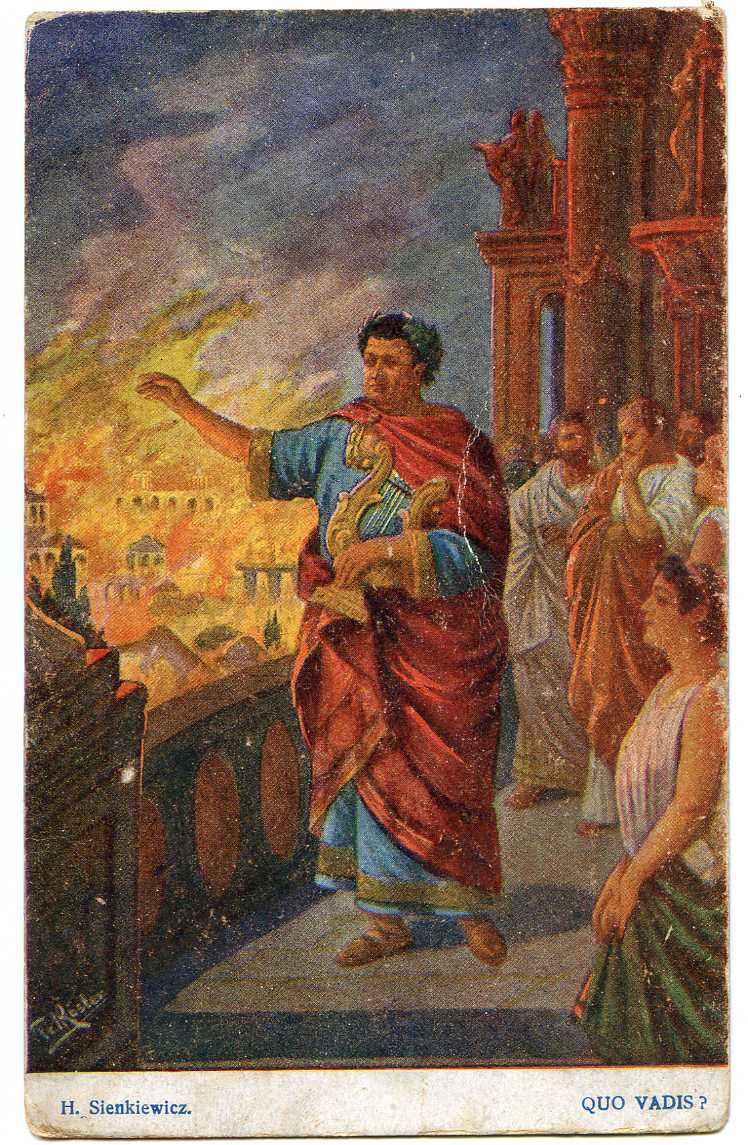
Quo Vadis Pożar Rzymu w MUSEUM TOMATORUM Pamiątki Przeszłości
Quo Vadis: A Narrative of the Time of Nero is a historical novel written by Henryk Sienkiewicz in Polish. [1] The novel Quo Vadis tells of a love that develops between a young Christian woman, Lygia (Ligia in Polish) and Marcus Vinicius, a Roman patrician. It takes place in the city of Rome under the rule of emperor Nero, c. AD 64.

Announcing the 2021 ChapteraDay ReadAlong One Catholic Life
In the 1950s Hollywood began remaking the great silent Bible epics, possibly as a reaction to the return of popular revivalism. Quo Vadis is the fifth version of Henry Sienkiewicz's 1985 best-seller, and the first talking version. An expensive MGM production filmed in Rome's Cinecittá studio, Quo Vadis was the first monster Bible epic of the post-war era.

Quo Vadis Ligia u Aulusów w MUSEUM TOMATORUM Pamiątki
"Quo Vadis," te firat big motion picture ever presented in America, and one of the most sensational, thrilling and dramatic films ever produced, tells a most powerful story, he play was adapted from the world famed story of Henry Sienkiewicz's novel. In its realistic and faithful effects and detail the motion picture is a masterpiece of.
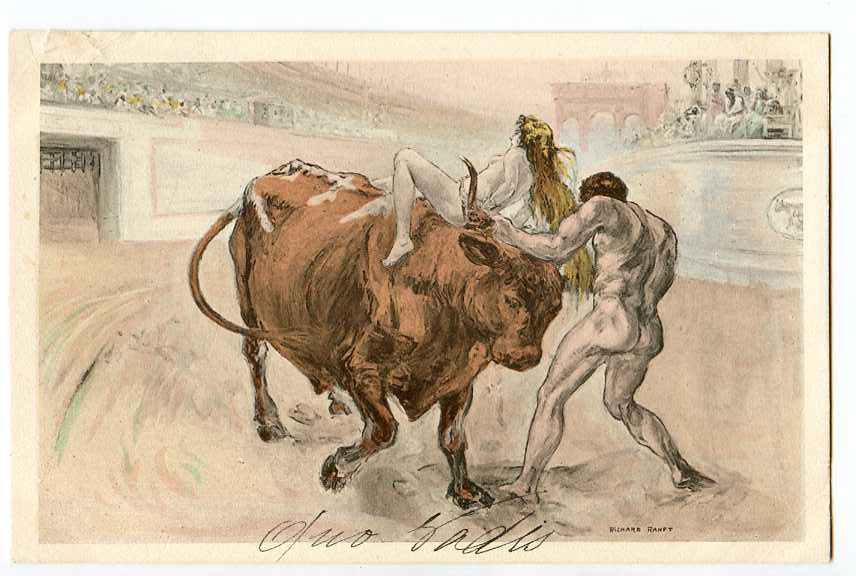
Quo Vadis Ligia na byku w MUSEUM TOMATORUM Pamiątki
Quo vadis czyli w swiecie symboliki pierwszych chrzescijan. Sam mowil ze rankami bui sie akby zdretwia. Przeczytales opracowanie sprawdz czy zdasz na 6. 85 ktora z pieknych kobiet z quo vadis jest najblizsza memu idealowi piekna.
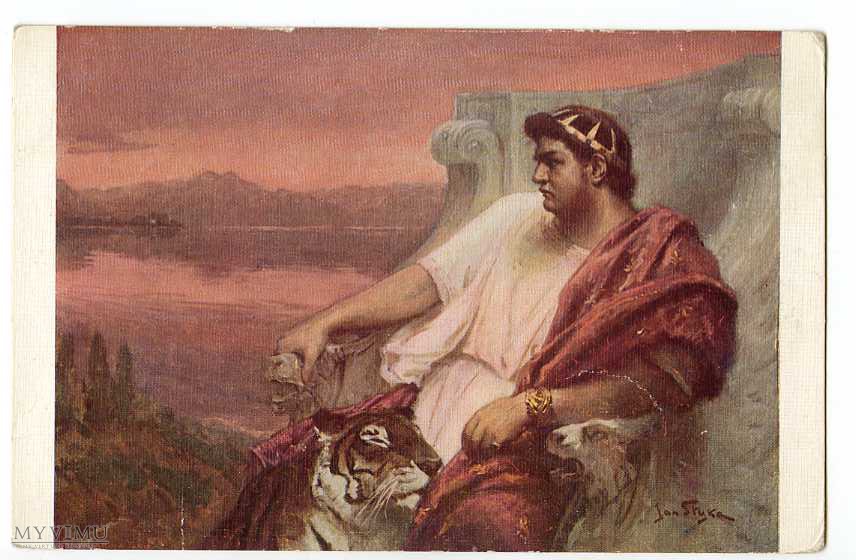
Quo Vadis Neron Styka w MUSEUM TOMATORUM Skład staroci w
Lygia. Lygia is a young woman who is the daughter of a foreign king and is being brought up in the home of a prominent Roman, Aulus Platius. She has become a Christian through the influence of.

„Quo vadis” omówienie genezy i problematyki
On either plane, the physical or the metaphysical, this is an exciting story and is sure to send you scurrying to find the rest of Sienkiewicz's work. : The novel Quo Vadis converts a disillusioned Communist to Christianity. (Ignace Lepp, JANUARY 7, 2023, Plough) -PROFILE: A New Audience For A Polish Epic : Henryk Sienkiewicz's Trilogy Is.
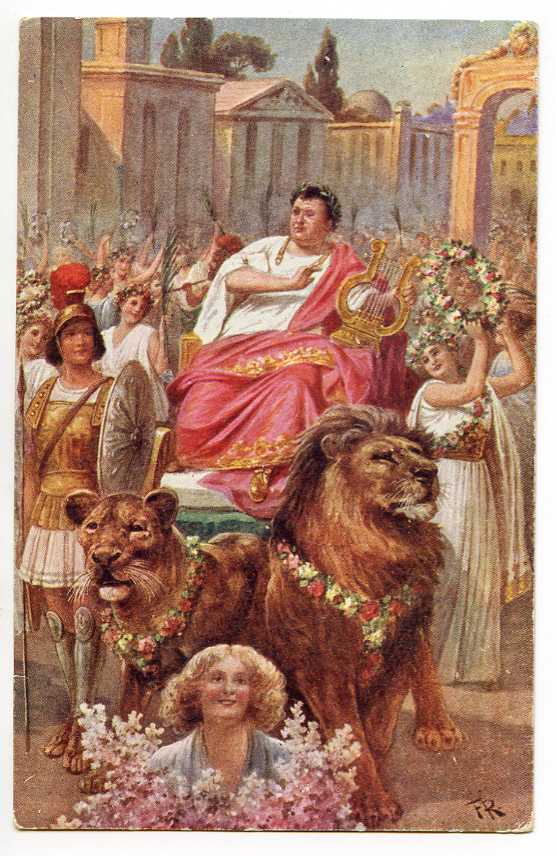
Quo Vadis Neron F.R. w MUSEUM TOMATORUM Pamiątki Przeszłości w
Henryk Sienkiewicz may be the greatest world success story of Polish literature, but the reasons Poles love him so much lie somewhere else quite different. His 1896 novel Quo Vadis - a tale of love and ambition (and religious conflict) set in the decadent Rome of the 1 st century CE - was translated into more than 50 languages and is one of the all-time best-sellers of world literature.

Rysunki Z Quo Vadis
'Quo Vadis' is a historical epic, set against the backdrop of a Rome at the height of its power. Rome finds itself at a turning point under the despotic emperor Nero, the strange Christians, followers of Peter, are growing in number. Their aversion to the hedonistic life of Romans has created a powder keg of hysteria and misunderstanding, and.
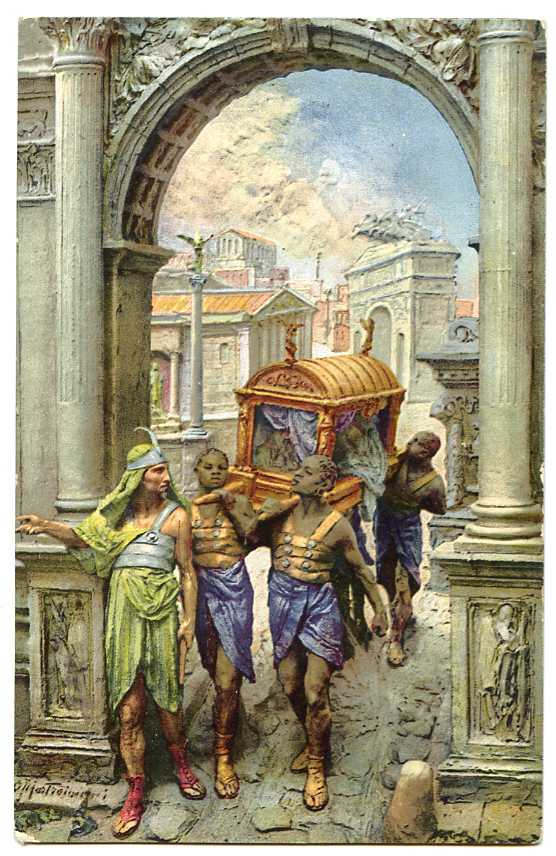
Quo Vadis Petroniusz w... w MUSEUM TOMATORUM Pamiątki Przeszłości w
Quo Vadis - a historical novel about the persecution of the first Christians under Nero - is undoubtedly the most well-known among all the famous works by Henryk Sienkiewicz. The book, which contributed greatly to the Nobel Committee's decision to award the Polish author, has been published in 2002 editions in 59 languages, including Latin and Esperanto.

Pin by Orzechwska on lektury szkolne School notes, School, Education
Preview [Authors and titles are listed at the end of the review.] Classicists familiar with Quo vadis most likely know it from the 1951 MGM film version, staring Peter Ustinov as the Roman emperor Nero, but they may not be as familiar with Polish author Henryk Sienkiewicz's novel itself.Originally serialized in Poland in 1895-1896, Quo vadis was published in novel form in Poland in 1896 and.

Quo Vadis Petroniusz i... w MUSEUM TOMATORUM Pamiątki Przeszłości w
Quo Vadis ( Latin for "Where are you going?") is a 1951 American epic film set in ancient Rome during the final years of Emperor Nero 's reign, based on the 1896 novel of the same title by Polish Nobel Laureate author Henryk Sienkiewicz.

49+ Rysunki Z Quo Vadis
To watch this new "Quo Vadis" is to suspect that there's a good chance that either of the two major Italian silent versions--one made in 1912, the other in 1924 with Emil Jannings as Nero.

Rysunki Z Quo Vadis
Quo Vadis Summary. These notes were contributed by members of the GradeSaver community. We are thankful for their contributions and encourage you to make your own. Written by Dio Sm, Bar Bear. Rome in Emperor Nero 's times is steeped in crime and debauchery. Marcus Vinicius, a young and beautiful warrior, comes to his uncle Gaius Petronius.

Między Sacrum A Profanum Quo Vadis STELLIANA NISTOR
Quo vadis? ( Classical Latin: [kʷoː ˈwaːdɪs], Ecclesiastical Latin: [kwo ˈvadis]) is a Latin phrase meaning "Where are you going?" It is also commonly translated poetically as "Whither goest thou?" The phrase originates from the Christian tradition regarding Saint Peter 's first words to the risen Christ during their encounter along the Appian Way.